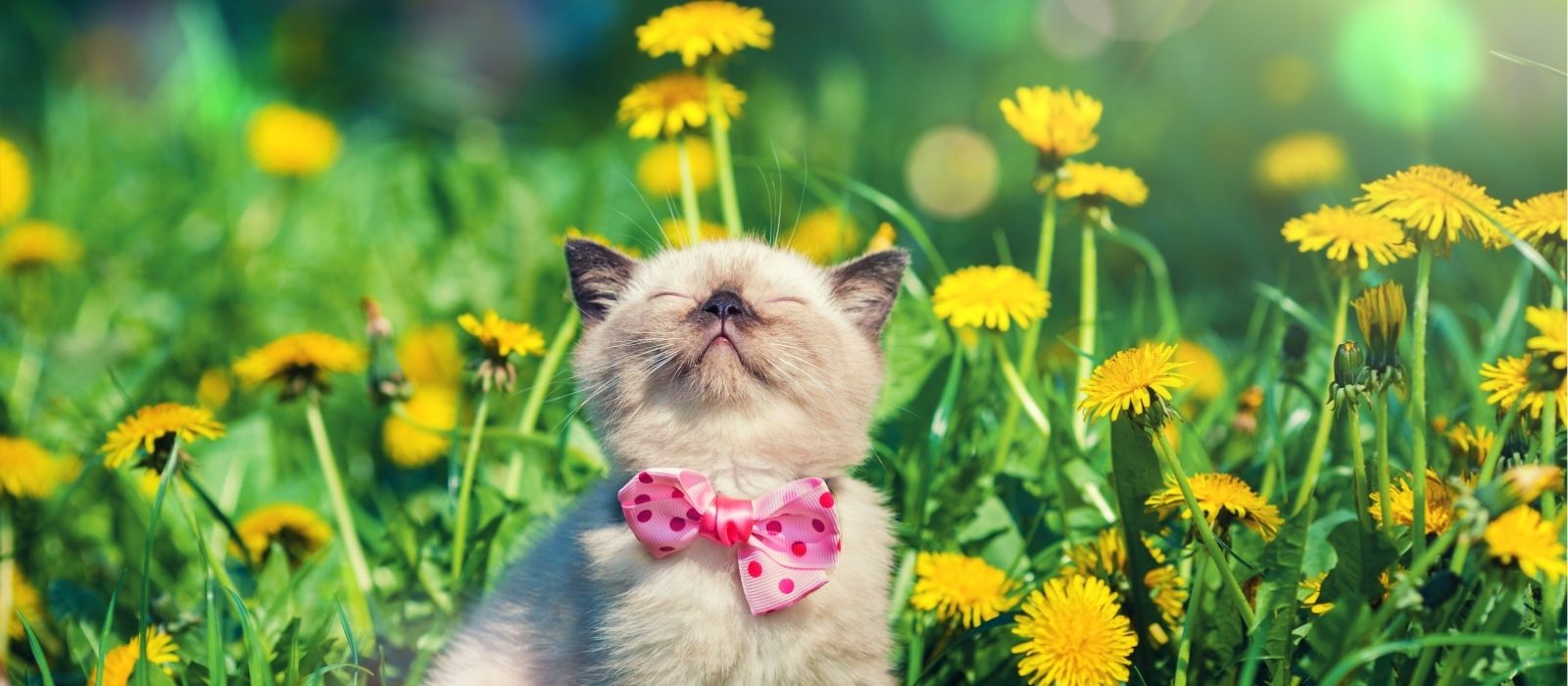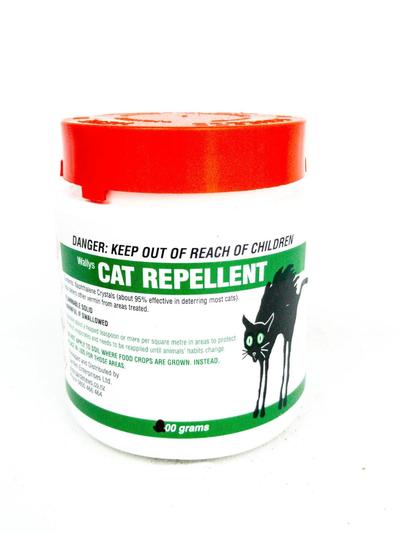
Training Your Pet
Start by giving your pet a designated play or toilet area in the garden. This will teach them to go to a particular spot, protecting the rest of your garden. Consistency is key! Reward your pet for using the correct area and discourage them from going elsewhere. Make sure you react quickly—animals need to associate the punishment or correction with their behaviour, which is why timing is crucial.
Defensive Gardening
- Low Hedges: These are great for keeping strays out of your garden and creating barriers that guide your pets to specific areas.
- Plant Choices for Cats: Cats are repelled by certain plants, such as geraniums, petunias, marigolds, and fuchsias. On the other hand, they are attracted to thyme, catnip, and ground ivy, so use these strategically to discourage them from coming too close.
Cleanliness is Key
Animals, particularly cats and dogs, have a stronger sense of smell than we do. So, regularly cleaning up after your pets and washing away any urine will make your garden less attractive to them.
Deterrents
Many products are available that work by emitting scents unpleasant to animals, effectively discouraging them from entering certain areas. These repellents confuse the animal’s sense of smell, signalling that they are not welcome in the area. Apply these regularly to maintain their effectiveness.
Remember, these deterrents are more about prevention than cure, so persistence is vital. Animals, especially puppies, older dogs, and cats, may take time to adjust to new habits.
Additional Tips
- Blood & Bone or Compost: These can attract animals, so ensure they are well dug into the soil.
- Neutralising Urine: To reduce the burning effect of urine on your lawn, add a few teaspoons of tomato juice or sauce to your dog’s food.
- Digging Dogs: Instead of fighting your dog’s instinct to dig, create a designated dig-safe zone, preferably fenced off, and teach your dog to use it.
- Citrus Peels: Scatter these around the garden to deter dogs, as they dislike citronella oil (but this doesn’t work for cats).
- Mothballs: These can deter animals but should be used cautiously, particularly around children.
- Pepper or Chili Powder: Sprinkle these over problem areas to discourage pets from returning.
- Ammonia: Dilute 1 part ammonia with ten parts water and spray it on problem spots. Be sure to test it on plants first to avoid any damage.
Training Your Animal
Effective training is about repetition, consistency, and rewarding good behaviour. The more you reinforce the right actions, the quicker your pets will learn what’s acceptable in the garden.
Remember: Persistence is key. With the right combination of deterrents and training, your garden can be pet-free and enjoyable for everyone.



